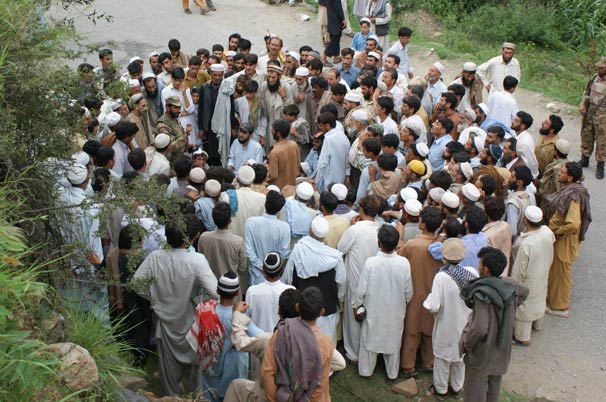Flood waters continue in the Australian state of Queensland. The Lutheran Church of Australia is responding to those in need. You may be interested in checking out the Australia Floods video produced by the Lutheran Church of Australia. Check out the ELCA Disaster Website
to see more information on LCA’s response and ways to contribute. I am also including in this post a letter from LCA pastor James Haak who lives in a community devistated by the floods…
Just a few words to update you with how things are in the Lockyer Valley.
At the end of the week, most of the waters have now receded below minor flood levels and people are commencing the difficult task of cleaning up. In the eastern end of the valley in Laidley and surrounding areas such as Forest Hill, getting rid of the mud and silt that entered homes and drying things out has become a priority. The Laidley manse did have water enter the garage, but not the manse itself. In the western areas, the town of Grantham and its environs still remains a no go area. Police still have the area declared a crime scene as they, the SES, and the military continue the task of searching for bodies in the flood debris. Many of the parish who live in the Grantham and Helidon areas were affected in some way by flooding. I know of one parish member whose house has been totally lost with many more in the parish having lost all or some of their possessions to the waters. Cleaning up is only part of the story as it will take many months for farmers to begin receiving an income again. We are grateful that, to date, it appears that the Lutheran community has been spared any loss of life, but in such a small community as Grantham, many personally know one or more of those who have died.
For those of us who were spared flooding, the worse thing remains the inconvenience as many roads remain closed and even basic necessities such as bread, milk and fuel are in short supply. Local supermarkets are still restricting quantities of the necessities that people can purchase.
We thank our God for your expressions of care and support during this difficult time, and are grateful that we have been spared from an even worse disaster.
In Christ,
Pastor James Haak



